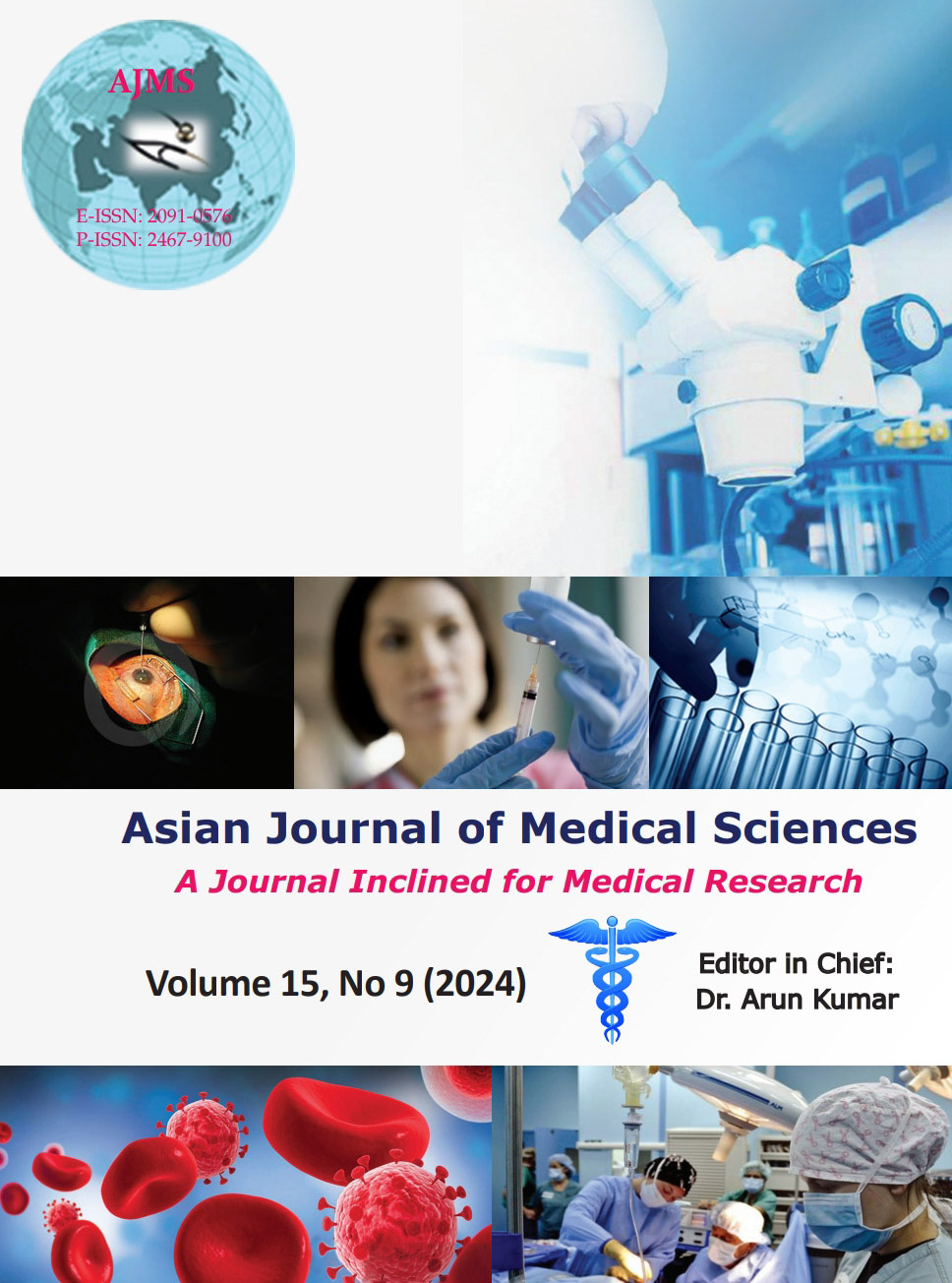Comparative study on outcomes between open reduction and internal fixation with plating and K-wires plus casting for distal end radius fractures
Keywords:
Distal end radius fractures; Open reduction and internal fixation with plating; K-wires plus casting; Functional recovery; Patient satisfaction; Healing timeAbstract
Background: Distal end radius fractures are common injuries treated in orthopedic practice, with varying treatment modalities influencing outcomes.
Aims and Objectives: The study was designed to compare the outcomes between open reduction and internal fixation (ORIF) with plating and K-wires plus casting in patients treated for distal end radius fractures.
Materials and Methods: One hundred patients with distal end radius fractures were included and divided into two groups: Group A (ORIF with plating) and Group B (K-wires plus casting), with 50 patients in each group. Parameters included were healing time, complication rates, functional recovery, patient satisfaction scores, pain levels during recovery, and the time to return to daily activities.
Results: Group A demonstrated a shorter average healing time (8 weeks) compared to Group B (9 weeks). Complication rates showed 5% malunion and 4% delayed union in Group A, against 12% and 6%, respectively, in Group B. Functional recovery was higher in Group A, with 93% grip strength and 88% range of motion recovery. Patient satisfaction was also higher in Group A (8.5 out of 10) compared to Group B (7.5 out of 10). Pain levels during recovery were lower in Group A, and the time to return to daily activities was shorter (8 weeks for Group A versus 10 weeks for Group B).
Conclusion: The study suggests that ORIF with plating offers better outcomes in terms of healing time, complication rates, functional recovery, patient satisfaction, pain management, and quicker return to daily activities than K-wires plus casting for distal end radius fractures.
Downloads
Downloads
Published
How to Cite
Issue
Section
License
Copyright (c) 2024 Asian Journal of Medical Sciences

This work is licensed under a Creative Commons Attribution-NonCommercial 4.0 International License.
Authors who publish with this journal agree to the following terms:
- The journal holds copyright and publishes the work under a Creative Commons CC-BY-NC license that permits use, distribution and reprduction in any medium, provided the original work is properly cited and is not used for commercial purposes. The journal should be recognised as the original publisher of this work.
- Authors are able to enter into separate, additional contractual arrangements for the non-exclusive distribution of the journal's published version of the work (e.g., post it to an institutional repository or publish it in a book), with an acknowledgement of its initial publication in this journal.
- Authors are permitted and encouraged to post their work online (e.g., in institutional repositories or on their website) prior to and during the submission process, as it can lead to productive exchanges, as well as earlier and greater citation of published work (See The Effect of Open Access).




